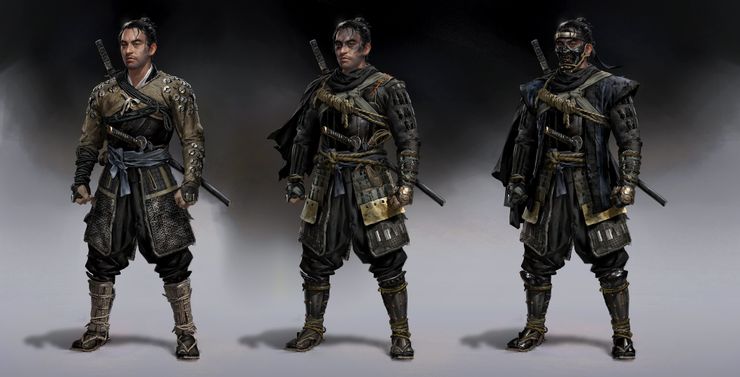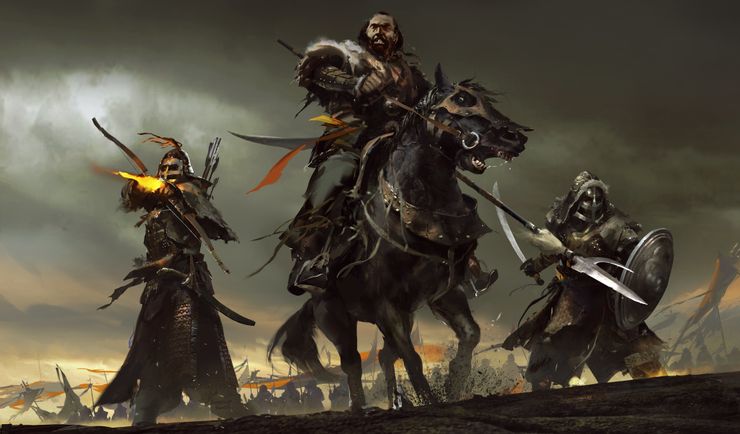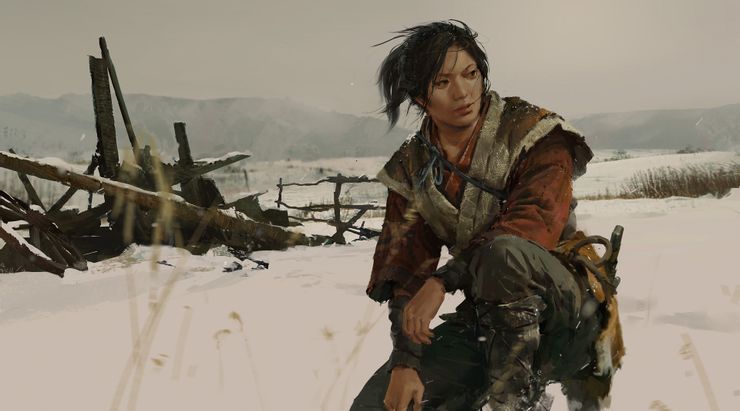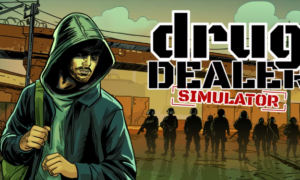Ghost of Tsushima Lead Artist Shares Inspiration Behind The Game’s Design
The craftsmanship/visual plan that went into making Ghost of Tsushima is one of the most amazing parts of the game, regardless of whether playing with the lively shading bed or the unmistakable highly contrasting realistic mode. Be that as it may, the cycle was significantly more required than basically tossing a few resources into a program, and as per Sucker Punch Productions’ Lead Concept Artist Ian Jun Wei Chiew, Ghost of Tsushima’s advancement was a monstrous endeavor.
This most recent inside look originates from a PlayStation blog entry in which Chiew portrays the means the went into making the idea workmanship for Ghost of Tsushima, including the significant motivations for a great part of the game. The new understanding additionally comes close by a large group of new idea workmanship pictures, some displaying a considerable lot of hero Jin’s most notorious apparatus, and others giving a glance at the heavenly scenes that make up the in-game island of Tsushima.
RELATED: Ghost of Tsushima Update 1.13 Fixes New Game Plus Bugs and that’s just the beginning
As per Chiew, Jin’s rigging explicitly was planned with defensive layer from both the Kamakura time frame and the Haien time frame. The essential center originated from Jin’s change from the good samurai to a more despicable kind of ninja, despite the fact that Ghost of Tsushima’s style of professional killer hadn’t exactly existed at that point. This is the thing that prompts the Ghost outfit fusing defensive layer pieces onto it close by the secrecy work, so as to overcome any barrier between the two variants of the hero and ground the character in a more practical world.
Likewise, Chiew broadly expounds on extra characters and NPCs, including both Jin’s partners and the Mongols players battle all through Ghost of Tsushima. A great part of the cycle for planning the aggressors appears to indicate ongoing interaction, with the overall thought having ascended from ensuring that each new Mongol the player experiences feels more grounded and additionally forcing as they progress. Obviously, the exploration and diving into the opportune motivations was a huge piece of ensuring that Sucker Punch got the look and feel of the Mongol Invasion of Tsushima spot on.
From the huge achievement that Sucker Punch has just observed with this title, and a Ghost of Tsushima 2 likely in transit, doubtlessly the idea craftsman absolutely prevailing with regards to catching the period in an engaging manner. Obviously, the exceptional ongoing interaction is additionally a factor on that achievement, yet Ian Jun Wei Chiew and the remainder of the craftsmanship group certainly merit their credit for catching players’ eye from when the game was first flaunted until discharge.









